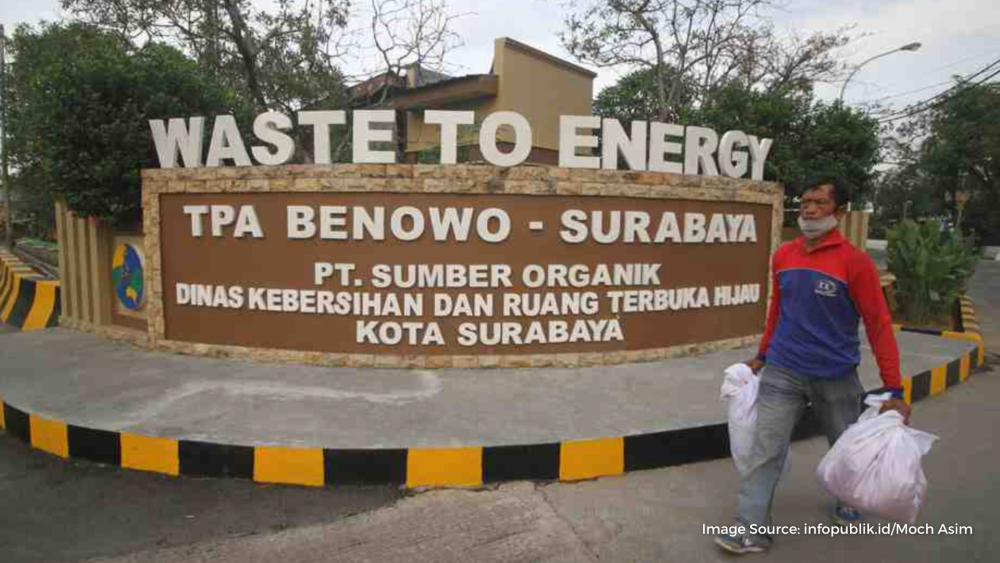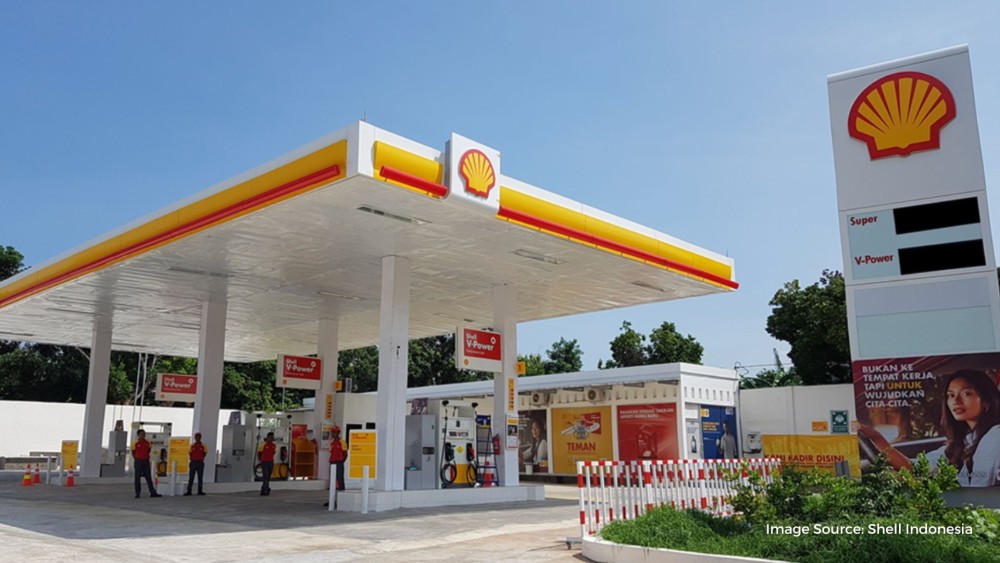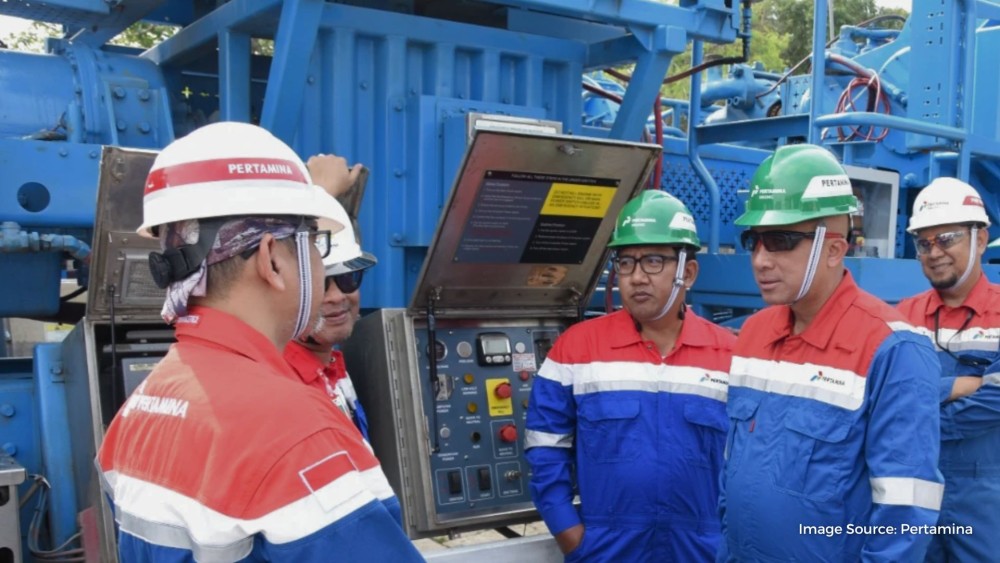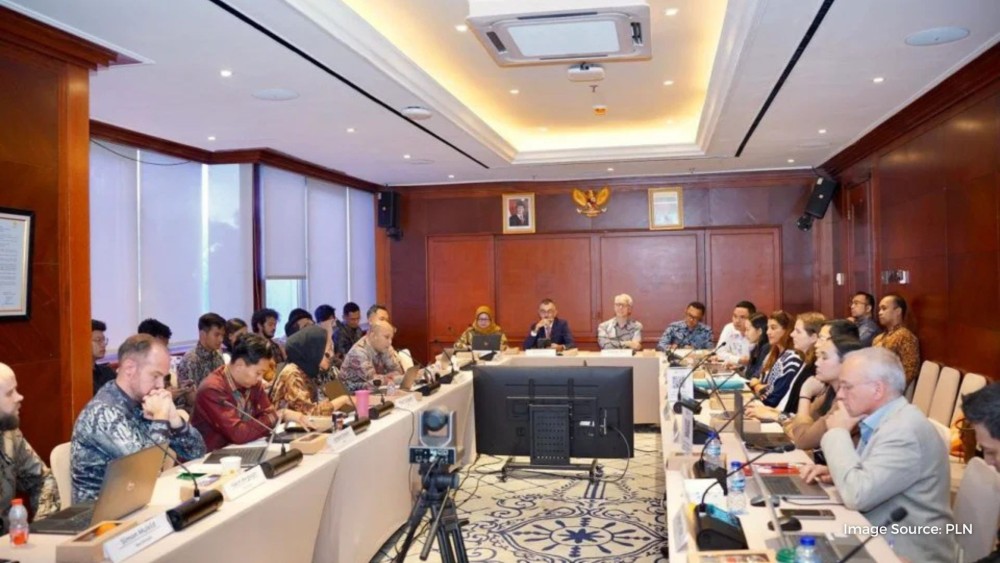Indonesia's Renewable Energy Mix Reaches 15%, Sumatra Leads the Way
11 Feb 2025
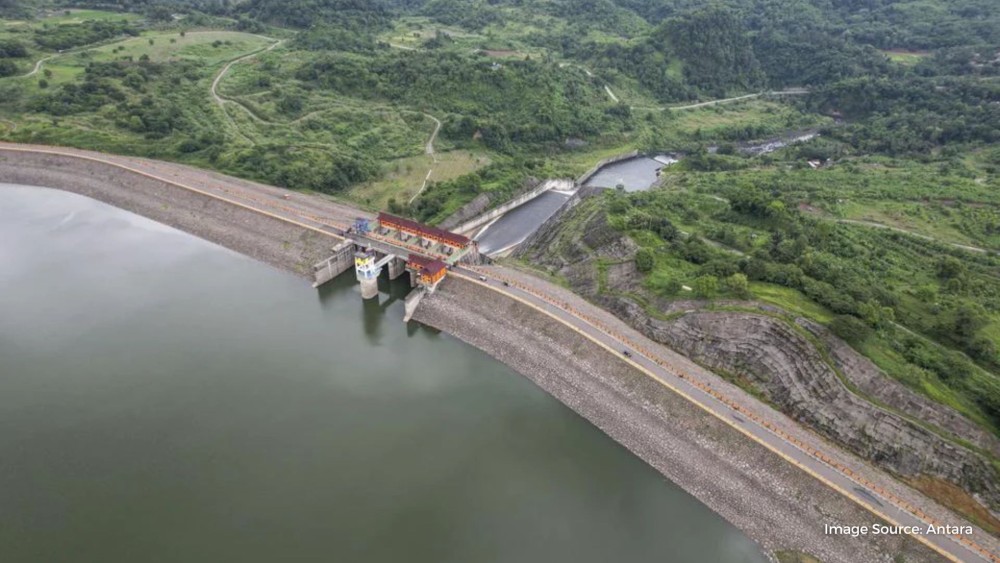
The Ministry of Energy and Mineral Resources (ESDM) reports that Indonesia's installed renewable energy capacity has reached 15.1 gigawatts, representing 15% of the country's total installed electricity capacity in 2024. Sumatra has become the region with the largest renewable energy capacity and mix in the nation as of 2024.
Minister of Energy and Mineral Resources, Bahlil Lahadalia, stated that Indonesia’s total installed electricity capacity by 2024 stands at 101.1 gigawatts (GW). This capacity includes 86 GW from fossil fuel-based power plants and 15.1 GW, or 15%, from renewable energy sources.
"Fossil fuels, including coal, gas, and fuel oil, account for 85% of the energy mix, while renewable energy contributes 15%," Bahlil explained, as cited from a YouTube broadcast by the Ministry of Energy and Mineral Resources on Tuesday, February 11.
According to the ministry's data, Sumatra leads with the highest share of renewable energy, amounting to 6.2 GW or 33% of the installed renewable capacity. The remaining 86 GW, or 85%, of the total energy capacity in the region is derived from fossil fuel-based plants.
Sulawesi follows as the second region with the largest renewable energy mix, contributing 20% or 2.5 GW of renewable capacity, while 80% or 10.3 GW comes from fossil-based power plants. Kalimantan ranks third with a renewable energy share of 14% (0.8 GW), while 86% (4.7 GW) comes from fossil fuels.
Meanwhile, Java—despite having the largest total installed capacity in the country at 54.5 GW—has a renewable energy share of only 10% or 5.3 GW. The remaining 90% (49.2 GW) is generated from fossil fuel power plants.
Lastly, Papua records the lowest renewable energy mix at just 3%, with an installed capacity of 0.3 GW, compared to 9.5 GW (97%) from fossil fuels.
This article is published in partnership with Katadata
Original article here


